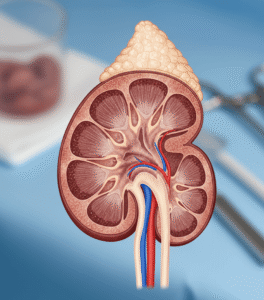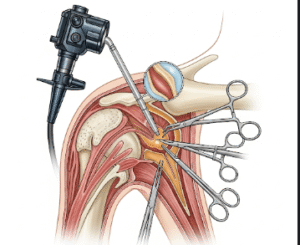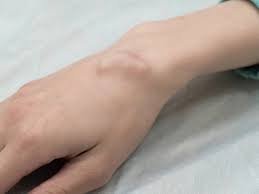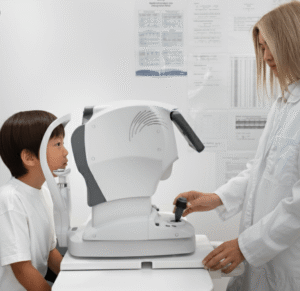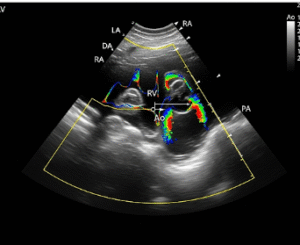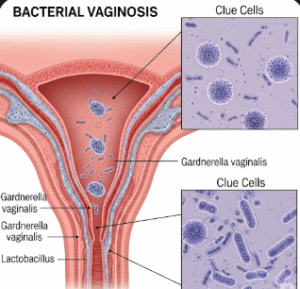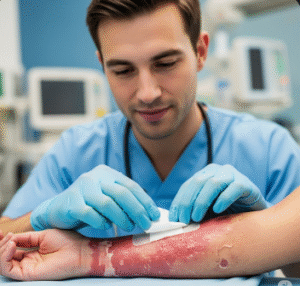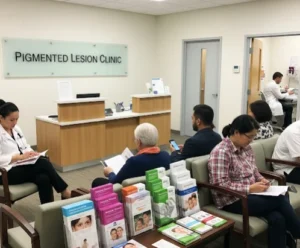What It Is
Gland excision gynecomastia surgery is a specialized procedure that specifically removes the glandular breast tissue responsible for male breast enlargement. While some men have fatty deposits (pseudo-gynecomastia), true gynecomastia is caused by firm gland tissue under the nipple and areola.
Unlike liposuction, which removes fat, gland excision directly addresses the root cause of male breast enlargement by surgically removing the dense glandular tissue. The result is a flatter, firmer, and more masculine chest.
Why It’s Done
This procedure is chosen when enlarged male breasts are caused mainly by glandular tissue rather than fat:
- Men with firm lumps under the nipple that do not shrink with diet or exercise.
- Patients who tried liposuction but still have noticeable puffiness.
- Those who experience pain, tenderness, or embarrassment due to prominent gland tissue.
- Athletes, bodybuilders, and men with otherwise low body fat who struggle with puffy nipples.
Alternatives
- Liposuction alone: Works for fat-related gynecomastia (pseudo-gynecomastia), but ineffective for firm gland tissue.
- Hormonal treatment: May help in early cases if caused by temporary hormone imbalance, but results are often limited.
- Lifestyle adjustments: Avoiding anabolic steroids, alcohol, or certain medications can help prevent worsening but won’t remove existing gland tissue.
Preparation
Before undergoing gland excision gynecomastia surgery in Korea, patients will:
- Have a consultation and chest exam. Ultrasound or mammography may be performed to confirm the presence and extent of glandular tissue.
- Undergo routine bloodwork and possibly hormone tests.
- Avoid smoking and alcohol for at least 2–4 weeks prior.
- Stop taking blood-thinning medications and supplements.
- Arrange time off work and ensure post-op support for the first few days.
How It’s Done
- Anesthesia: Performed under local anesthesia with sedation or general anesthesia, depending on the case.
- Incision: A small incision is usually made along the edge of the areola (natural border helps hide scars).
- Gland removal: The surgeon carefully excises the dense glandular tissue while preserving chest contour and nipple structure.
- Fat contouring: Liposuction may be combined for smoother blending of the chest area.
- Duration: Usually 1–2 hours, performed as an outpatient surgery.
Recovery
- First few days: Mild swelling, bruising, and chest tightness are expected. Pain is usually manageable with oral medication.
- Compression garment: A vest or compression garment is worn for 4–6 weeks to reduce swelling and support healing.
- Return to work: Most patients return to light duties after 4–7 days.
- Exercise: Walking is encouraged immediately, but heavy lifting and chest workouts should be avoided for 4–6 weeks.
- Results: Puffy nipples and breast enlargement are corrected immediately, with final results visible in 2–3 months as swelling subsides.
Possible Complications
- Temporary numbness or changes in nipple sensitivity.
- Bruising, swelling, or fluid buildup (seroma or hematoma).
- Asymmetry or contour irregularities.
- Rare risks: unfavorable scarring, nipple inversion, or overcorrection leading to a flat or hollow look.
Treatment Options in Korea
Diagnosis
Korean surgeons carefully differentiate between fatty gynecomastia and glandular gynecomastia. Diagnosis often involves:
- Physical exam (checking for firm tissue beneath the nipple).
- Ultrasound or mammogram to confirm the amount of gland tissue.
- Hormone testing if imbalance is suspected.
Medical Treatments
- Hormonal therapy for select cases, though this is rarely a long-term solution.
- Weight management if fat also contributes.
Surgical or Advanced Therapies
- Direct gland excision is the gold standard for firm glandular gynecomastia.
- Often combined with liposuction for a smooth, natural contour.
- Korean surgeons are skilled in using small, hidden incisions for minimal scarring.
Rehabilitation and Support
- Follow-up visits to monitor healing and ensure symmetry.
- Compression garment fitting and adjustment.
- Scar care therapies (silicone sheets, laser treatments).
- Personalized recovery guidance, with international patient coordinators available in many clinics


